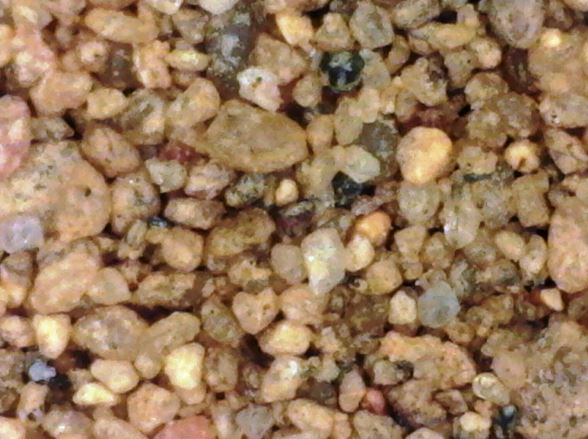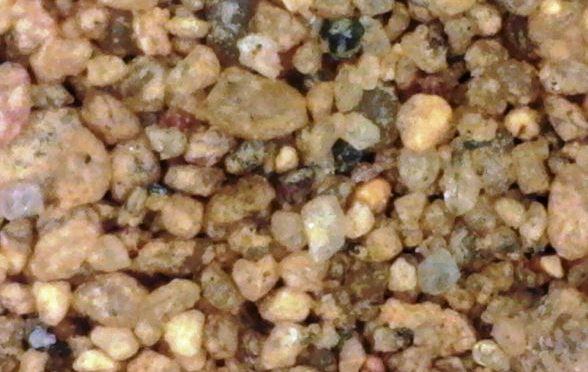About 12,000 years ago, pro-glacial Lake Iroquois occupied all of the current Lake Ontario and extended significantly south and east into New York. The glacial ice was retreating but had not yet melted far enough north to expose the St. Lawrence Seaway, forcing the significantly larger Lake Iroquois to drain east through the Mohawk Valley and then south along the Hudson River. All of Rochester, NY was beneath this lake.
Imagine the chaos that ensued when the ice finally retreated past the St. Lawrence Seaway and half of Lake Iroquois had drained out the St. Lawrence Seaway. Imagine the sudden (geologically speaking) exposure of all the lake sediments and other glacial sediments in the region of western New York now exposed. Suddenly all those lacustrine sediments that had formed on the Lake Iroquois lake floor were exposed.
I live just outside Rochester, NY on one of the terraces developed by the erosion of lacustrine deposits left by glacial Lake Iroquois. A shallow backyard hole is all that was needed to expose and sample the fine to very fine, well-sorted, light orange (iron-stained), quartz-rich sand.

